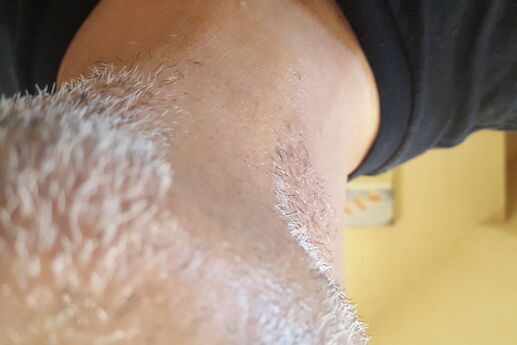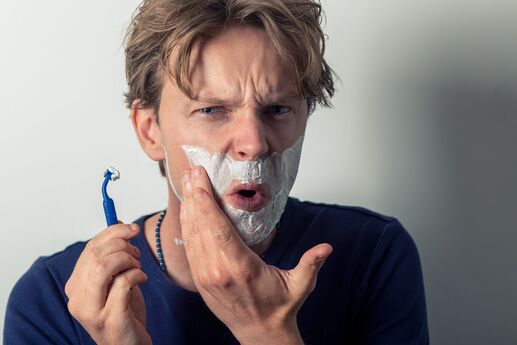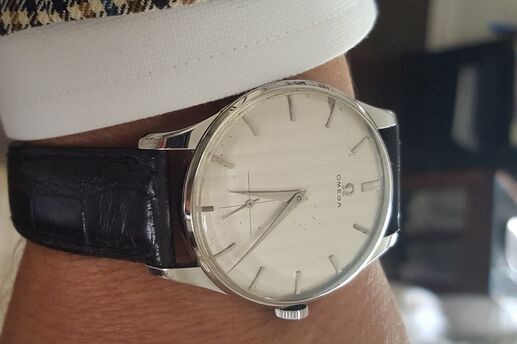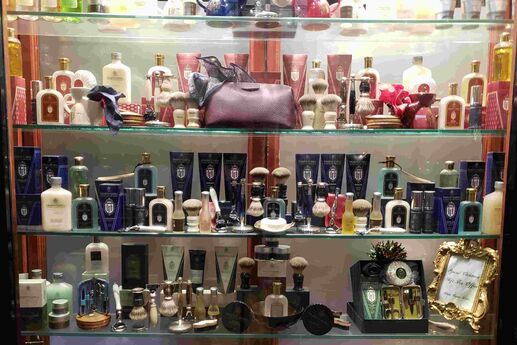Blade vs Electric: Which Method is Best?
Shaving is an essential part of personal grooming for many men, and there are a variety of methods and tools available for achieving a smooth and close shave. Two of the most popular options are using a blade and using an electric razor. In this review, we will compare the pros and cons of each method to help you decide which one is best for you.
Shaving with a Blade
Blade shaving is the traditional method of shaving, and it involves using a razor blade to manually cut the hair on your face, and required a cream or lubricant to protect the face while running the blade across the skin. The most common type of blade razor is the safety razor, which has a guard that helps to prevent cuts and nicks. Blade shaving can give you a very close and smooth shave, but it also requires a certain level of skill and practice to master. One of the main advantages of blade shaving is that it can give you a closer shave than an electric razor. This is because the blade cuts the hair at skin level, while an electric razor tends to pull the hair out from the root. This means that blade shaving can leave your skin feeling smoother and less irritated than electric shaving.
Another advantage of blade shaving is that it is more customizable. You can choose from a variety of razor blades, each with different levels of sharpness and skin lubricant, cream or oil to protect against irritation. However, blade shaving also has some drawbacks. One of the main disadvantages is that it can be more time-consuming than electric shaving. You will need to take your time and be careful to avoid nicks and cuts, which can take practice to master. Additionally, blade shaving can be more expensive in the long run as you need to replace the blades frequently.
Shaving with an Electric Razor
On the other hand, electric shaving is a more modern and convenient method of shaving. Electric razors use a rotating or oscillating head to cut the hair, and they can be used dry or with a small amount of shaving cream. Electric razors are generally considered to be less irritating than blade razors, and they are also more convenient for travel as they do not require water or shaving cream. One of the main advantages of electric shaving is that it is faster and more convenient than blade shaving. Electric razors can be used dry, which means you can shave on-the-go without needing to find a sink or shower. You can even shave while driving to work in the morning. Additionally, electric razors are generally less painful and more forgiving than blade razors, making them a good option for those with sensitive skin. Another advantage of electric shaving is that it is more affordable in the long run. High-end blade replacement cartridges can run $5.00 per cartridge. Electric razors do not require replacement blades, and they often come with a rechargeable battery that can last for several months before needing to be recharged. But, electric shaving also has some drawbacks. One of the main disadvantages is that it can't give you as close a shave as blade shaving. Electric razors tend to pull the hair out from the root, which can leave some stubble behind. Additionally, electric razors can be more expensive to purchase initially, and they may not be as customizable as blade razors.
Summary
So, both blade shaving and electric shaving have their own set of pros and cons, and it really depends on what your preferences and priorities are. If you really value a close, clean shave and don't mind if it costs more and takes longer, then shaving with a blade could the be the best option for you. Or, if you don't mind a slightly less close shave and really just want to get it done quickly and move on with your day, then electric shaving might the better choice. Ideally, you are comfortable with both methods and use each one depending on your priorities that day. Have shaving!






